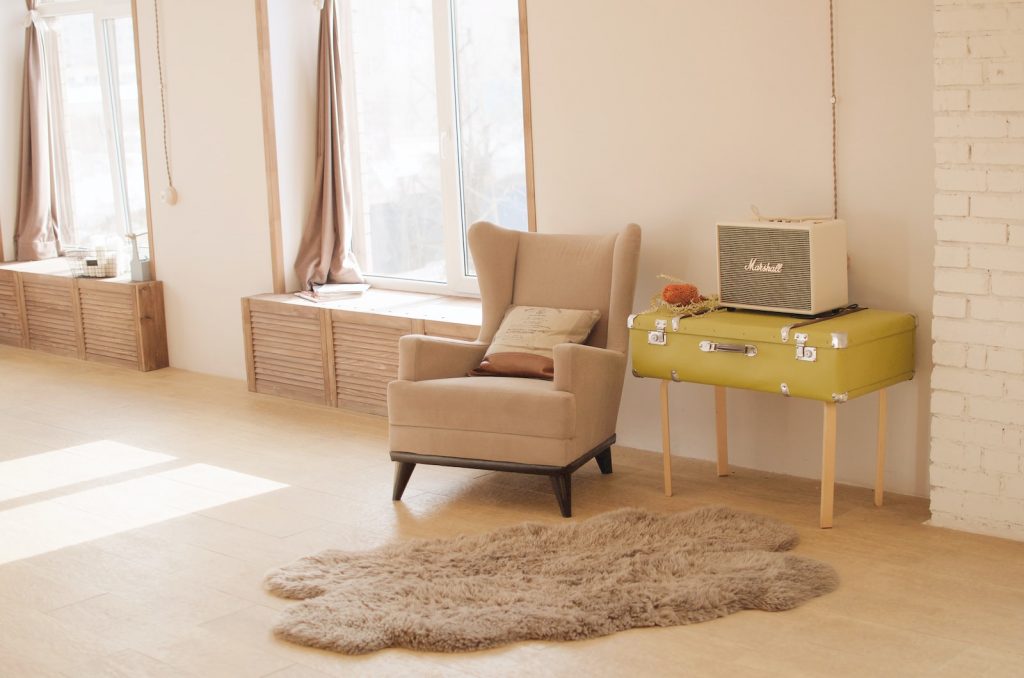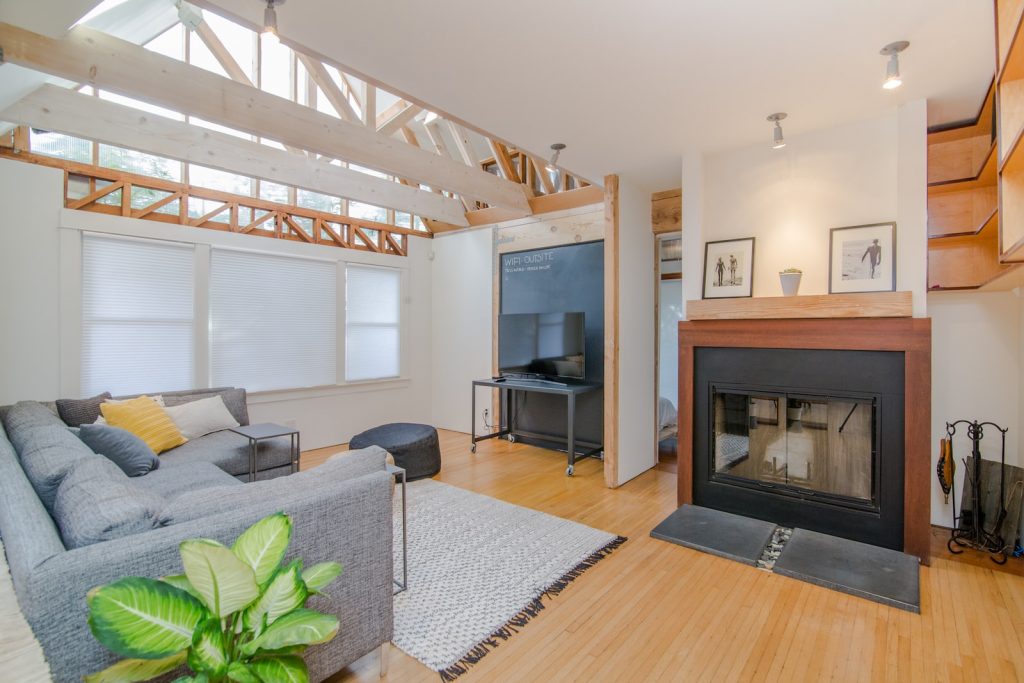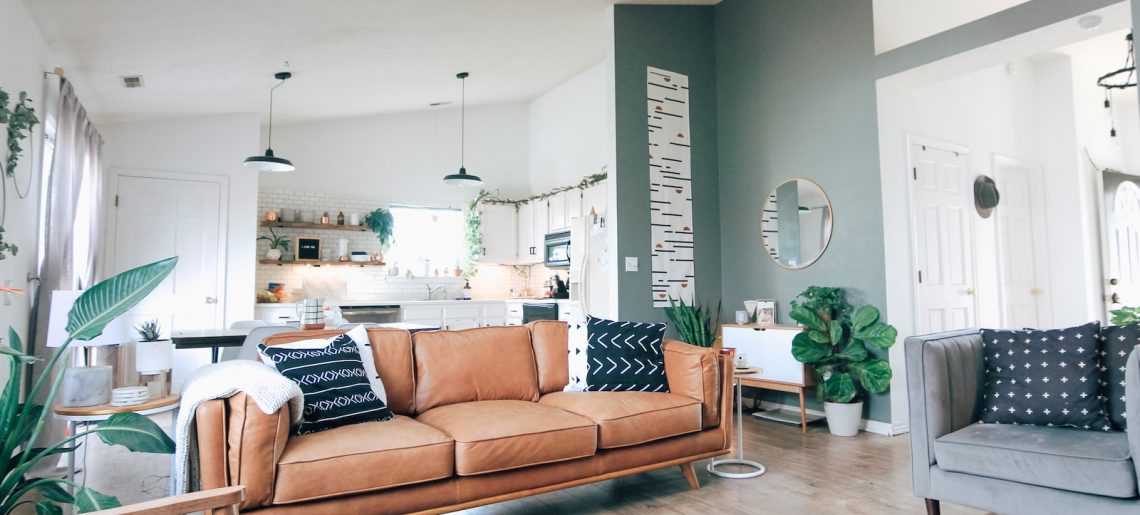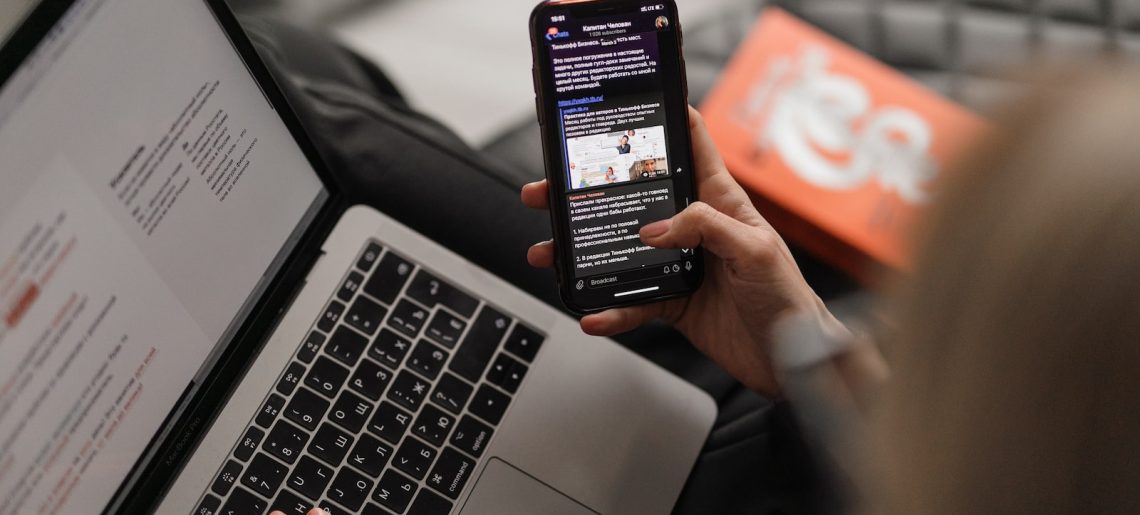Feeling happy? You might not think so, but it’s possible that the property you live in could contribute to your overall well-being. Studies have shown that living in a well-managed environment can boost your mood and provide important benefits for both physical and mental health. So, what exactly is a ‘well-managed’ property? And how does this type of environment help improve our moods? In this article we discuss just that; examining how a well-managed property can make us feel better on an emotional level.
Benefits Of A Well-Managed Property
The benefits of a well-managed property are numerous. From increased safety and security to improved aesthetics, these advantages can really make for an enjoyable living experience. For starters, the presence of a reliable manager is key in ensuring that all maintenance issues are handled promptly and professionally. This will help keep your home free from any damages or pests that could affect its value over time. Additionally, it can also reduce stress levels since you’ll know exactly who to contact if anything goes wrong.
Moreover, having a neat and tidy environment around your home can have a positive effect on your mood. A clean exterior with maintained gardens and pathways can give off a feeling of peace and relaxation which is essential for good mental health. Furthermore, regular landscaping activities like mowing the lawns or trimming hedges provide opportunities to appreciate nature while getting some exercise outside. Ultimately, this kind of consistent care helps create an atmosphere conducive to contentment and satisfaction with one’s living situation.
How To Choose A Managed Property
Choosing a well-managed property can be an important decision. After all, it’s not just about finding the best location or price. You want to make sure you’re investing in a property that will provide lasting value and peace of mind for years to come.
The key is to find a management company with experience and proven results. Ask questions like: how long have they been managing properties? What kind of services do they offer? How quickly do they respond to maintenance requests? Do their tenants tend to stay for multiple leases? Knowing the answers to these questions can help ensure that your investment pays off over time.
It’s also wise to ask around – look into what other people think of the management company and read reviews online. By taking some extra steps upfront, you’ll give yourself more confidence when selecting a managed property that will boost your mood in the long run!
Creating An Inviting Space

Creating an inviting space can have a significant effect on your wellbeing. Incorporating features that bring comfort, relaxation and pleasure into the property is key to managing it in a way that will leave you feeling content.
Ideas such as introducing plants, hanging artwork or adding soft furnishings can help transform any living space into one that feels warm and welcoming. You could even try creating different areas within the same room with rugs and furniture to separate them out – this gives each zone its own unique identity whilst still being part of the same home.
In addition, using lighting strategically around the property can also play a huge role in how it looks and feels when you’re there. Soft dimmed lights create ambience, while bright overhead lights are great for task-based activities like working from home or cooking dinner. There’s no need to stick to just one type either – mixing up both types throughout your home helps set a mood that suits whatever activity you may be doing at the time.
Ultimately, making sure your managed property has character is essential for boosting your mood whenever you enter it. With thoughtful design touches and clever use of light, any place can become somewhere special to spend time in – making all the difference when it comes to improving your overall state of mind.
Enhancing The Property’s Aesthetics
Aesthetics play an important role in boosting our mood. From the choice of furniture to the color palette, everything matters when it comes to creating a positive atmosphere. Making small changes that enhance the property’s aesthetics can have big implications on how we feel while at home or work.
When it comes to enhancing the look and feel of a property, there are several things you can do. For starters, get rid of any clutter so as not to overwhelm your senses. Next, make sure all furnishings fit together cohesively by taking into account both style and comfort. Finally, add some personal touches with artwork or plants for added character – this will give each space its own identity and help create a more inviting environment overall.
By making these changes, you can effectively turn a dull property into one filled with life and energy; something that is sure to bring a smile to everyone’s face!
Home Maintenance Tips

Taking proactive steps to maintain the property can have a big impact on your mood. Regular home maintenance helps ensure that you feel safe and secure in your living space, while also making sure it looks great! Here are some tips for ensuring your property is well-maintained:
Firstly, stay up-to-date with routine inspections. Having an experienced professional inspect all vital systems such as plumbing and electrical can help identify potential problems before they become too serious. Taking this step will give you peace of mind, knowing that everything is running smoothly at home.
Secondly, keep up with repairs when needed. From fixing creaky doors to patching holes in walls, any little repair job should be taken care of right away so that small issues don’t turn into larger ones down the line. This will not only save money but also help preserve the aesthetic appeal of your property.
By following these simple tips, you’ll be able to enjoy a stress-free environment for years to come – one that’s both aesthetically pleasing and properly maintained.
Some Other Ways To Improve
When it comes to managing your property, it’s not only about the physical upkeep; it can also have an effect on our mental wellbeing. Enhancing a healthy lifestyle and optimizing our moods by creating a welcoming environment at home is just as important.
To begin with, regularly declutter and tidy up spaces in order to keep them organized. Clutter has been shown to increase stress levels, so make sure to clear out any unnecessary items that don’t necessarily need to be kept around. You could even try adding some greenery or plants into certain areas of your home for additional color and vibrancy. This can help lift spirits instantly and create a calming atmosphere, especially when combined with natural light which helps you feel more connected with nature.
Making use of aromatherapy – such as lighting scented candles or diffusing essential oils – is another way to boost happiness levels whilst in your own space. It has therapeutic benefits due to its ability to alter emotions through scent stimulation, enabling us to relax more easily after a stressful day. Finally, why not invest some time into decorating? Whether it’s simply rearranging furniture or completely revamping a room, expressing yourself creatively will leave you feeling refreshed and inspired!
Conclusion
Living in a well-managed property can make all the difference when it comes to your mental health. It’s important to choose a managed property that fits your needs and budget, as this will help you create an inviting space for yourself. Additionally, considering ways to enhance the aesthetics of the property and doing regular home maintenance are essential steps in ensuring that your living environment is conducive to good vibes.
By taking these steps, you’ll be able to boost your mood on a daily basis. You should also take advantage of natural features such as landscaping or artwork around the property; incorporating nature into our lives has been proven to have immense benefits on one’s overall wellbeing. Finally, making sure that any necessary repairs get done quickly can further reduce stress levels and contribute significantly to positive emotions throughout the day.
In short, investing time and effort into managing your property could pay off in terms of improving both its physical condition and your mental health. Taking care of yourself starts with creating a comfortable place where you feel safe and at ease – so start today!





